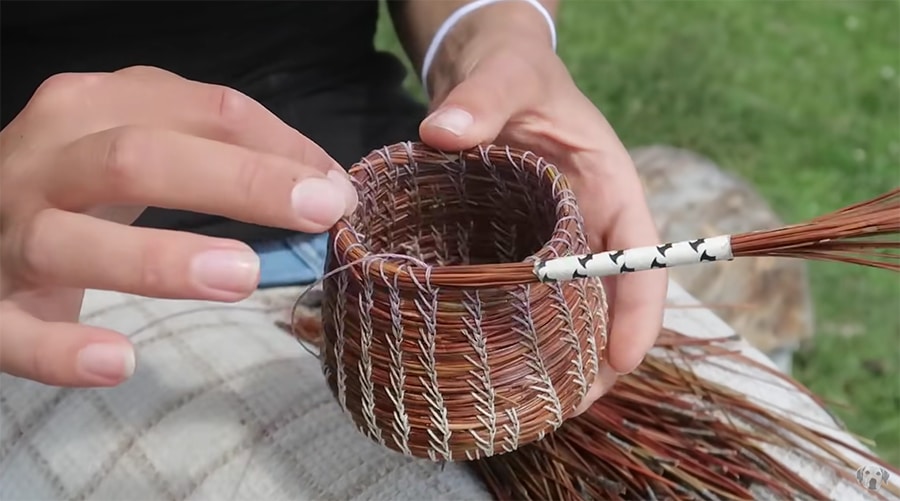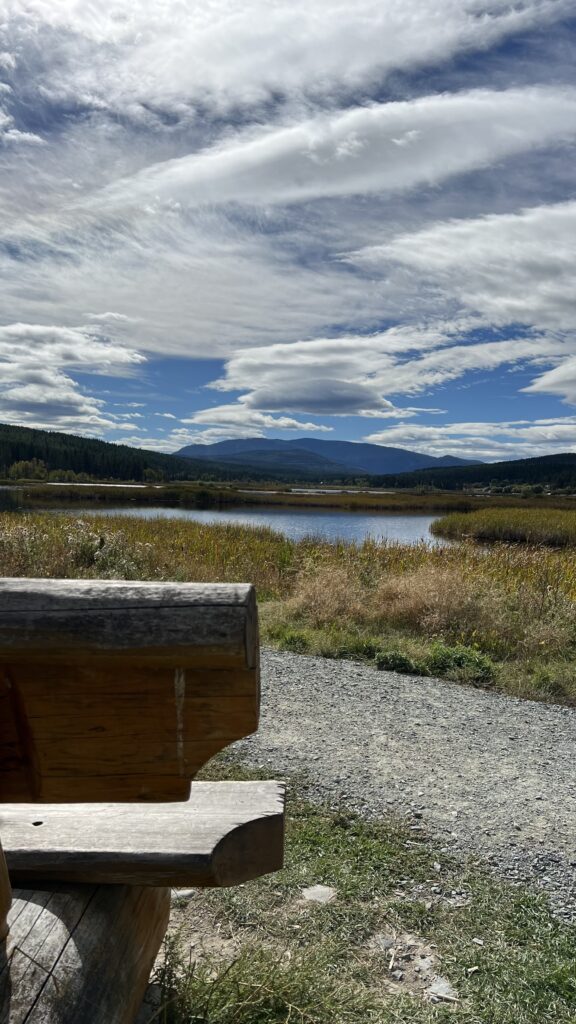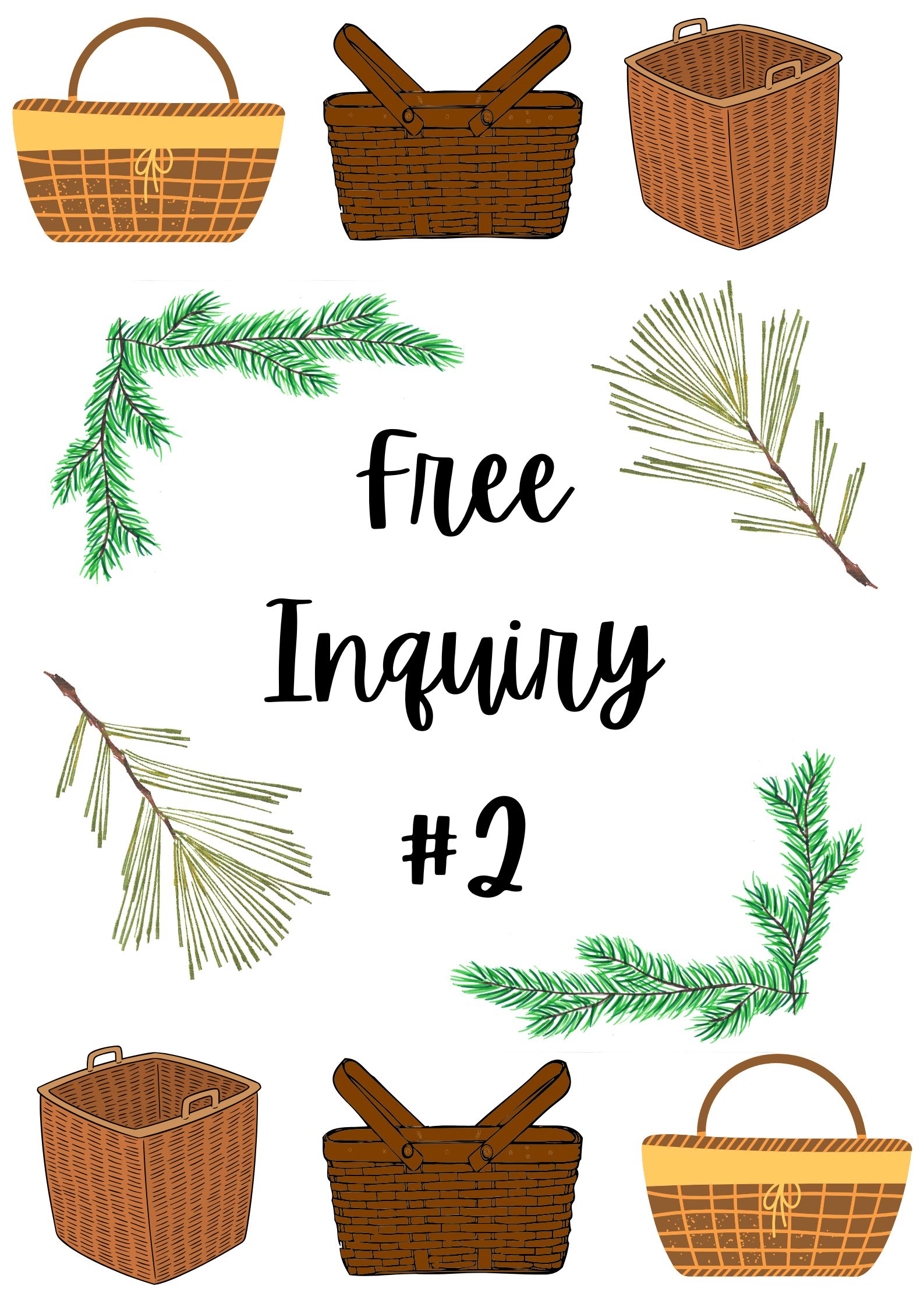Introduction on basket weaving:
For my second inquiry post, I have decided to research the traditional Indigenous methods of pine needle basket weaving. I decided on this because I believe that basket weaving could be both a therapeutic and cultural lesson. This lesson involves a field trip to anywhere in the Kootenays that contains pine trees. Places like the community forest, Elizabeth Lake, and South Star trails would all be good field trip options for this lesson.

Image source: Rion Nakaya, thekidsshouldseethis.com
Click here to see a Pinterest board full of pine needle basket pictures!
pinterest board by teresa crowe
What is pine needle basket weaving and how is it culturally significant?
Pine needle basket weaving is the act of collecting fallen pine needles off the ground and weaving them together to create strong, versatile baskets used for carrying water, food, and other objects. The act of using fallen pine needles to craft baskets emphasizes both sustainability and a respect for nature. Indigenous Peoples have been weaving baskets out of pine needles for thousands of years, and the practise is still shared today to keep this cultural art form alive.

image and information source: https://www.randolphartsguild.com/
How would I use this as a lesson and field trip?
Firstly, before we leave for the field trip, I would begin with a lesson on the cultural significance of pine needle basket weaving to Indigenous People’s in our area. This way, students are able to recognize the significance and meaning of this craft.
Since I do not identify as an Indigenous person, I would like to bring in an Indigenous educator into the classroom to speak on the cultural significance of this practice.
I would start the Kootenay field trip aspect of this lesson by bringing students to a spot that contains pine trees with fallen needles. This is important because fallen needles are already dried up, and using them will prevent basket shrinkage. The ideal time to do this activity would be at the beginning of the school year during autumn. There are many area’s that would be great for this activity, I would personally choose Elizabeth Lake or the Community Forest.

Photo of Elizabeth Lake
I would start the field trip with a land acknowledgment to recognize that we are on the traditional homelands of the Ktunaxa Peoples. Click here to learn how to create a proper and respectful land acknoledgement.
I would also speak on the significance of being respectful of the forest we are in, and the importance of caring for our environment and practising sustainability.
Once we are out in the forest, I would take the students on a nature walk to enjoy the beautiful place we are in and get out some energy. Then, we would start collecting fallen pine needles from off the ground. Each student would have a medium sized bag to fill up with fallen pine needles. Once students have collected all the pine needles they need, we can head back to the classroom to start crafting. The great thing about this activity is that there are minimal materials needed, students will only need pine needles and twine!
I would utilize technology for this lesson by providing students with a youtube video to show how pine needle basket weaving works. This lesson would be for older students, since weaving requires fine motor skills, a lot of patience, and the ability to follow step-by-step instructions.
video source: Manatee County Natural Resources
